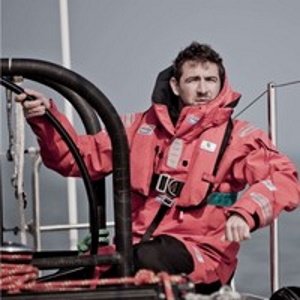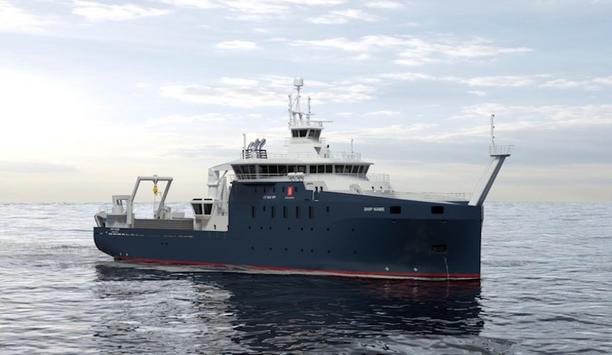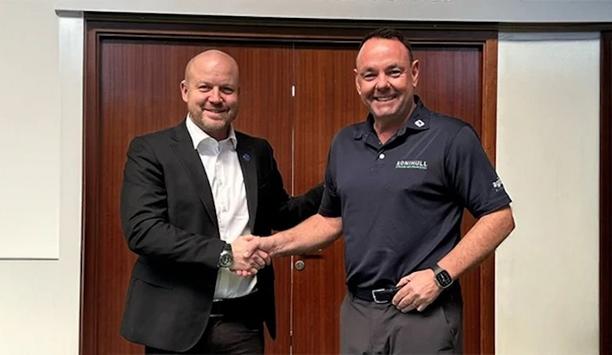Inmarsat, the internationally renowned company in global, mobile communications, provided Sea-Kit International’s uncrewed surface vessel (USV) - Maxlimer with connectivity services to transmit data and video from the site of the recent underwater volcanic eruption in Tonga.
As part of an international project to assess the environmental damage caused by the eruption, the 12-metre remotely operated vessel mapped the volcano’s submerged caldera and measured local marine conditions.
Global Xpress antenna
In 2021, Inmarsat installed a Global Xpress antenna and Fleet LTE hardware on board - Maxlimer, adding to the USV’s existing FleetBroadband antenna, allowing it to access full Fleet Xpress capabilities and seamlessly switch between networks.
Following a successful pilot, Sea-Kit International has signed up for a high-upload plan and the services of Inmarsat Certified Application Provider (CAP) Videosoft Global to support the vessel’s survey activities in Tonga.
High-upload plan
This project represented a natural evolution of Inmarsat’s relationship with Sea-Kit International"
Scott Middleton, the Sales Director - EMEA at Inmarsat Maritime, said “This project represented a natural evolution of Inmarsat’s relationship with Sea-Kit International and offered us an exciting opportunity to support an important initiative.”
He adds, “The high-upload plan, which was tailored to Maxlimer’s data and video-transmission requirements, is now available as a general service and we anticipate more demand from uncrewed surface vessel operators in the future.”
High-definition, low-latency CCTV
Maxlimer used Videosoft’s streaming service, which has significant bandwidth savings when compared with conventional streaming services, to transmit live video from the site, as well as high-definition, low-latency CCTV enabling SEA-KIT to monitor the vessel’s operations remotely.
Iain Janes, the Business Development Manager at Videosoft, said “We were delighted to offer our adaptive video compression solutions and bespoke real-time transmission via a dedicated bandwidth through Inmarsat’s Fleet Connect service. This prevented interference with Maxlimer’s mission-critical operations.”
Ka-band spot beams
In addition to high-upload capacity, Sea-Kit International benefitted from a 99.9% uptime service level agreement through Fleet Xpress, with Inmarsat’s Global Xpress Ka-band spot beams also providing significantly higher signal strength and faster transmission rates than regular wide-beam technology.
A network of solutions engineers and service managers were ready to support SEA-KIT with any technical queries or issues regarding its connectivity service.
Access live-streamed video via a dedicated network
Ashley Skett, Director of Operations, SEA-KIT International, said “This is our most remote mission to date, taking place in the Pacific Ocean 16,000 kilometres from our base in Tollesbury, Essex. In these circumstances, reliability is critical from our connectivity partner. Inmarsat provides us with world-class connectivity, allowing us to control and monitor Maxlimer’s operations and access live-streamed video via a dedicated network.”
Ashley Skett adds, “We will work together with Inmarsat as we continue to demonstrate the ground-breaking capabilities of our uncrewed surface vessels as a solution for safer and more sustainable maritime operations around the world.”













